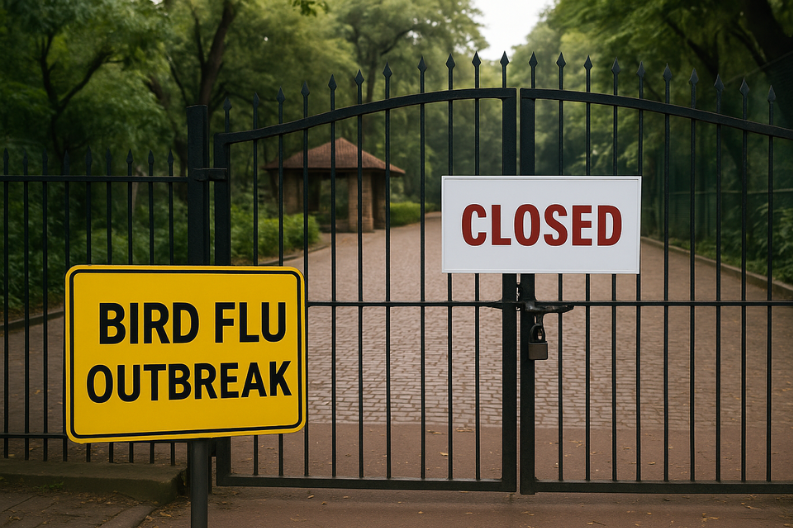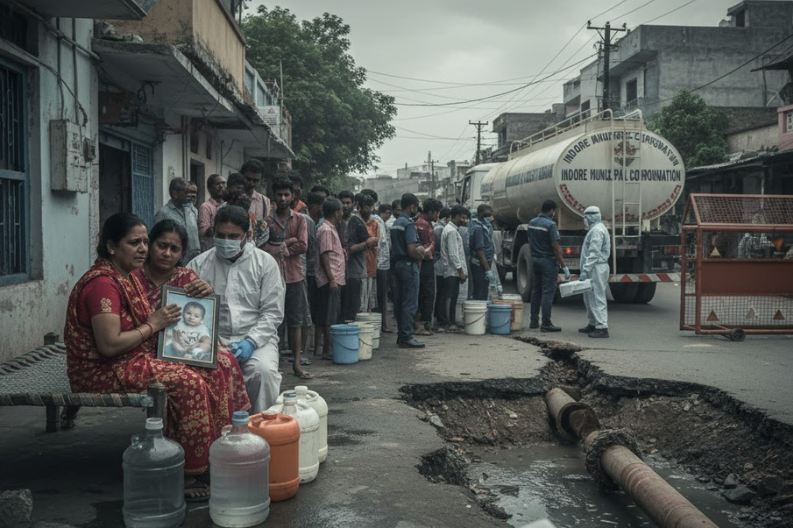The Delhi Zoo has been temporarily closed after several birds died from avian influenza, commonly known as bird flu. The decision was taken to protect both animals and visitors, senior officials confirmed, as precautionary steps are now underway to contain the outbreak.
Painted storks and black-necked ibises were among the birds that recently died at the zoo. Samples from the dead birds were sent to the ICAR-National Institute of High Security Animal Diseases in Bhopal, which confirmed the presence of the avian influenza virus late Thursday night. Following this confirmation, the zoo director, Dr. Sanjeet Kumar, announced the immediate closure.
Officials have since tightened biosecurity measures, with the next 21 days being considered critical to prevent the spread of the virus. This is the third time the Delhi Zoo has faced avian influenza, with earlier outbreaks reported in 2016 and 2021. Wildlife experts say the repeated occurrences underscore the challenges of managing animal health in India.
All birds in the zoo, including both captive and migratory species, are under strict surveillance. Authorities have also increased monitoring of tiger and lion cubs, as large cats in other zoos have previously been affected by bird flu. In a recent case elsewhere, five out of six Royal Bengal tiger cubs died due to illness and weakness linked to the disease.
The Central Zoo Authority (CZA) has issued strict guidelines for zoo management. These include testing all captive birds, segregating them to minimize infection risks, and thoroughly disinfecting the premises. Visitors have been barred from entering the zoo until further notice. The CZA emphasized that while strict action will be taken in cases of infection, healthy wild and endangered birds will not be culled.
In addition to testing bird samples, environmental checks are underway, with water and soil being examined for traces of the virus. The CZA requires bird samples to be tested every 15 days, for at least four rounds. If two consecutive results show no infection, the zoo may reopen to the public.
The outbreak has implications beyond Delhi. Punjab, a major stopover for migratory birds, is particularly vulnerable. Zoos in Mohali, Chandigarh, and other regions are being urged to adopt stronger health monitoring systems based on CZA’s model.
Authorities say the Delhi Zoo’s closure is a necessary step to safeguard both animals and people. With swift action and strict compliance to guidelines, they hope to curb the spread of avian influenza and prevent further losses.
Would you like me to make this article more concise for a newspaper front-page style, or keep it as a detailed full-length report?



